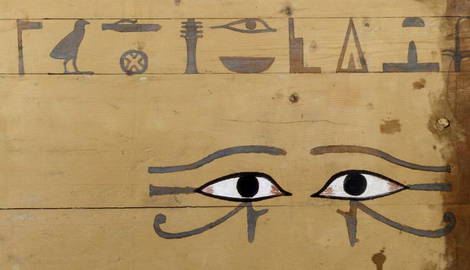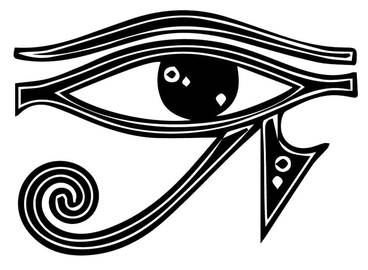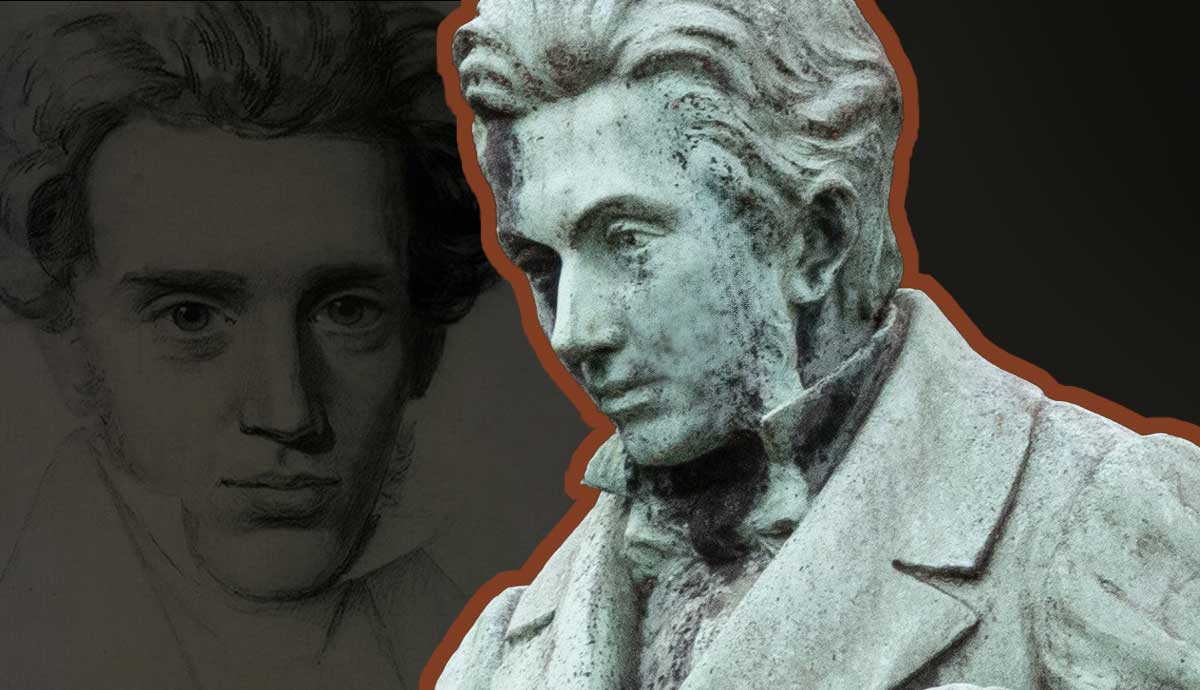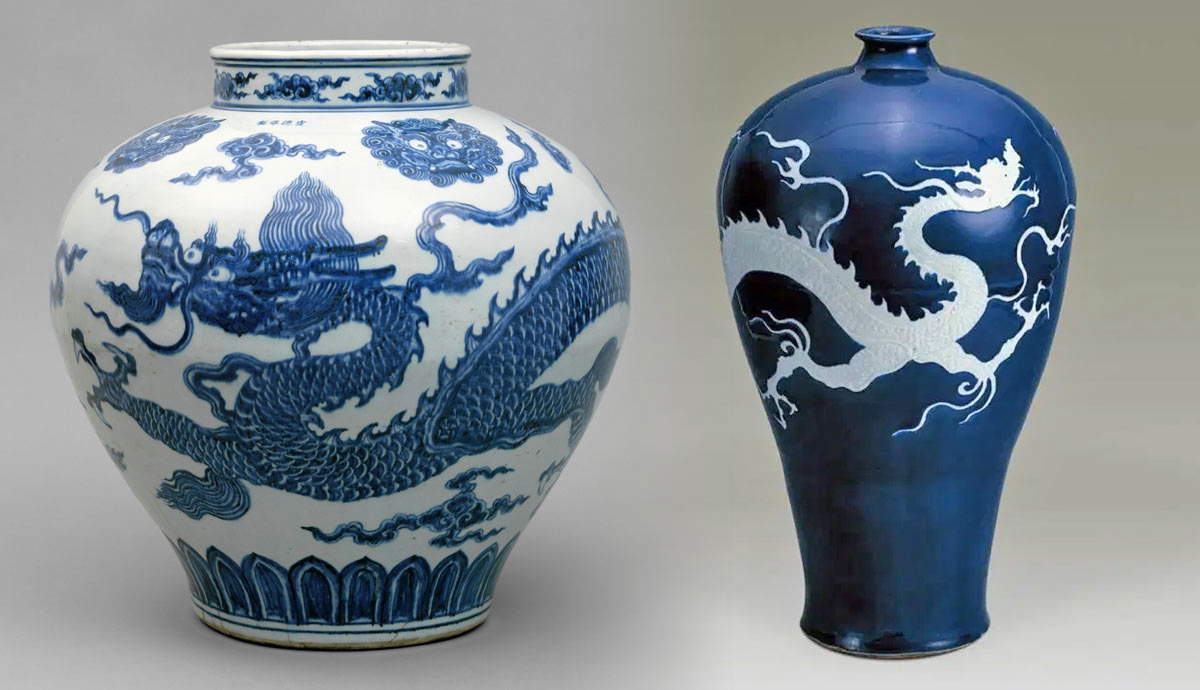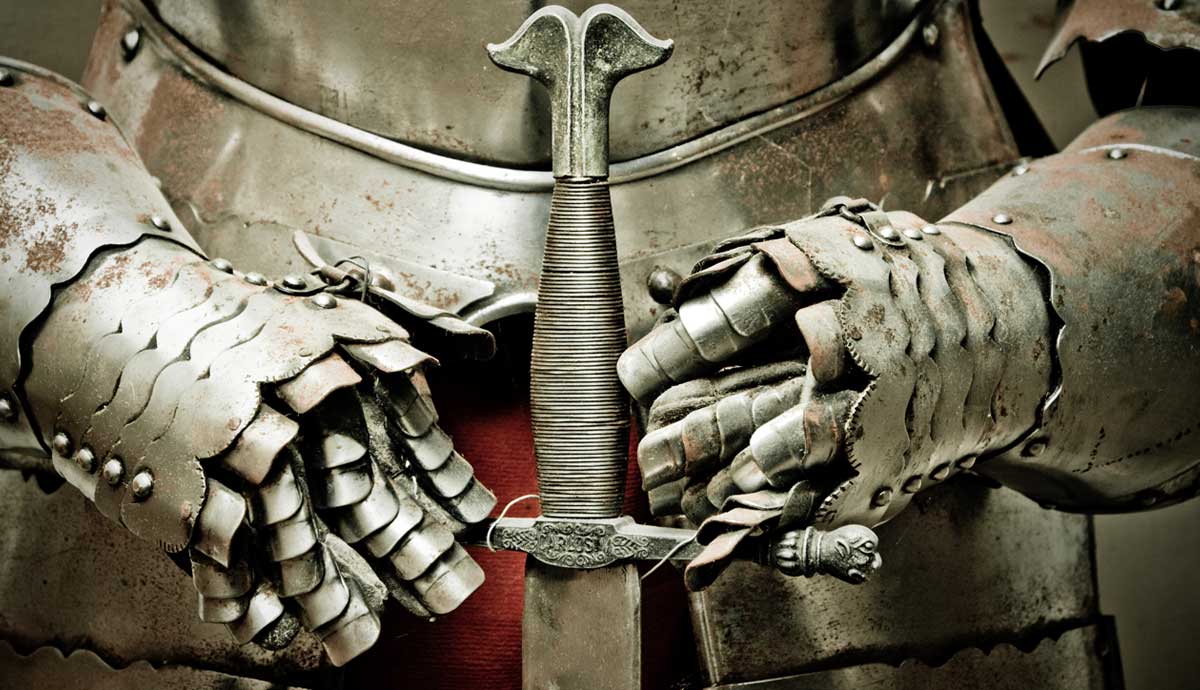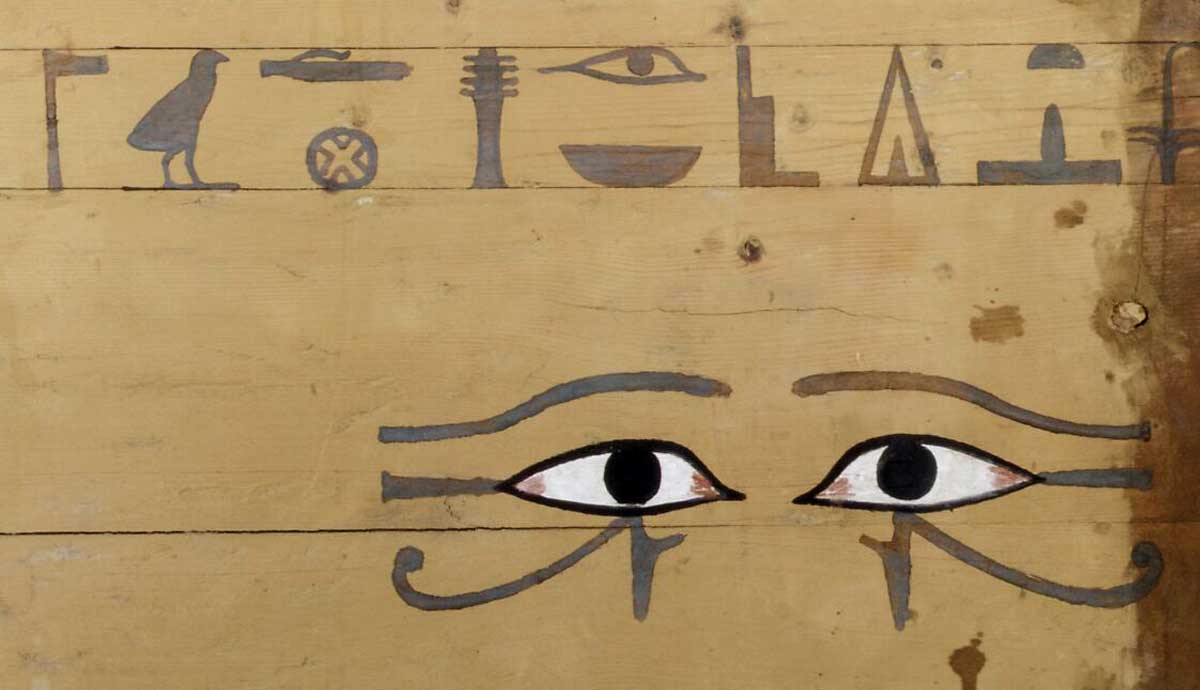
The Eye of Ra is an ancient Egyptian symbol loaded with potent significance in ancient Egyptian culture. The Eye of Ra was the female counterpart to the Egyptian sun god Ra. It was an extension of Ra’s powers and also acted as an independent entity with its own attributes. Sometimes called the “eye of truth,” Egyptians believed the Eye of Ra could see anything, giving it an overwhelming sense of authority over mankind. It also had a fiery and potent power that could strike against anyone. The Eye of Ra took multiple forms in ancient Egypt, the most common being the sun disc and the Wedjat eye symbol. The eye form, in particular, appeared in various forms of Egyptian art, including hieroglyphs, carvings, and amulets. Let’s take a closer look at the symbol’s significance in ancient Egyptian mythology and culture.
1. The Eye of Ra Was the Female Counterpart to the Sun God Ra
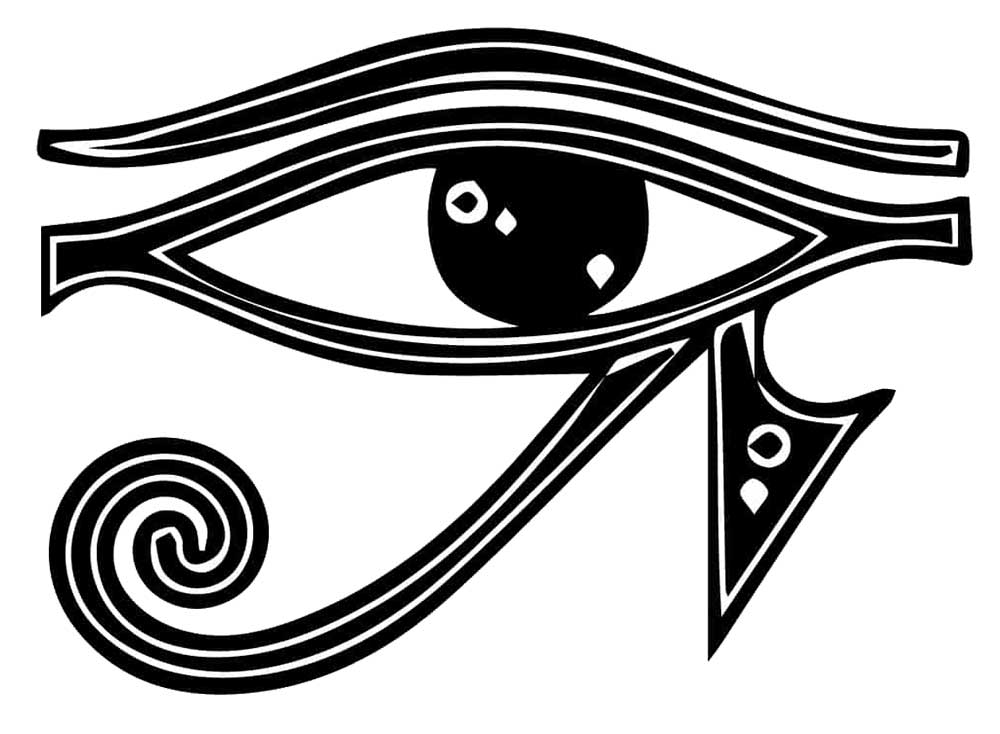
The Eye of Ra was the female counterpart of the sun god Ra, and it often took the form of one of the various Egyptian goddesses in his life, including Hathor, Sekhmet, Bastet, Uadyet, and Mut. She embodied the mother, sibling, consort, and daughter of Ra. As an independent goddess, the eye could leave Ra’s body in the form of another and dole out punishment with the sheer power of the sun’s rays.
TheThe female energy contained within the Eye of Ra can be compared with the Egyptian belief that the sun was a symbol of growth, fertility, and birth, likening it to the female body. In one of Ra’s origin stories, the tears that fall from his eye become the first people on earth. This reflects the life-giving potency that the ancient Egyptians associated with the sun and the Eye of Ra.
The Eye of Ra was also sometimes called the Eye of Atum, especially at times in Egyptian history when Atum eclipsed Ra as the most important sun god. Different religious traditions existed in different parts of Egypt, so there was crossover and overlap between the different gods. In some creation myths, Atum was considered the ultimate creator and also the god of the sun. However, he was sometimes associated with the setting sun, while Ra was the midday sun.
2. The Eye of Ra Had Multiple Forms in Ancient Egypt

The most common form of the Eye of Ra was the Wedjat eye, a stylized human eye resembling that of a falcon, with a teardrop falling from it, usually but not always representing the right eye of the sun god. However, the sun disc crown worn by Ra was also called the Eye of Ra. This was a bright orange disk encircled by one snake with a rearing cobra head, called a uraeus, or by two snakes with cobra heads, one wearing the crown of Upper Egypt and the other wearing the crown of Lower Egypt. The Ra symbol was often called “Ra’s daughter” in Egyptian texts, clearly linking it with the other form of the Eye of Ra.
The Eye of Ra was sometimes likened to fiery arrows shot by the sun god, making the association with the uraeus logical. The uraeus could strike like lightning with fiery venom. Some texts described this fiery eye as assisting Ra in his repeated fights with the serpent Apep/Apophis on the sun barge each night.
3. It Was a Symbol of Protection in Ancient Egyptian Mythology

The Eye of Ra was commonly carved onto the doorways or entrances of temples of ancient Egypt as evidence of its all-seeing gaze. Egyptians also believed it could repel negative energy and restore harmony, and pharaohs used Eye of Ra symbols as a form of defense against enemies. Egyptians often wore the eye of Ra on jewelry, talismans, or amulets, believing it gave wearers the ability to repel negative energy.
The symbol appeared on funerary art and inscriptions, as Egyptians believed the eye of Ra could protect the delicate soul on its journey into the afterlife, keeping it safe from harm. This again relates back to Ra’s nightly travels on the sun barge, often conceived as passing through the underworld. As the Eye of Ra helped protect the barge on this journey, it could also offer protection to traveling souls.
4. Protection Was Through Violent Force

On one hand, the eye of Ra was seen as an almighty force of protection that could ward off impending danger, keep people safe, bring balance and order into the universe, and offer its incredible healing powers. Yet, as a fierce protector, the Eye of Ra also had the power to instill great fear into ancient Egyptians, who believed it could bear witness to acts of evil or depravity and issue out violent and destructive forms of punishment. This duality can be read as a comparison with the way Egyptians both revered and feared the sun, with its life-giving and devastatingly damaging properties.
In one myth, Ra sent his eye in the form of Sekhmet to earth to issue a terrible punishment upon mankind for disobeying his rule. Taking her lioness form, Sekhmet harnessed the power of the eye, rampaging across the earth on a violent killing spree until Ra tricked her into drinking so much beer that she passed out.
5. The Eye of Ra and the Eye of Horus Were Different But Complimentary

Visually, the Eye of Ra is remarkably similar to another ancient Egyptian symbol, the Eye of Horus. The Eye of Ra is often the right eye, most commonly related to the sun, while the Horus eye is more commonly the left eye, linked to the moon as the “lunar eye.” However, this distinction between the right and left eye seems to have emerged very late in Egyptian history, and the names were sometimes used interchangeably. This distinction seems to have emerged with the right eye appearing “brighter” than the left eye in Egyptian art, referencing the story of the contendings of Horus and Seth, during which Horus’ eye was damaged, dimming its light.
Like Ra, the god Horus was linked to the sun and the sky as well as kingship and protection. He was often associated with both Ra and Atum at some points in Egyptian history as Ra-Horakhty-Atum. Horus also sometimes appeared wearing the sun disc crown associated with Ra.
